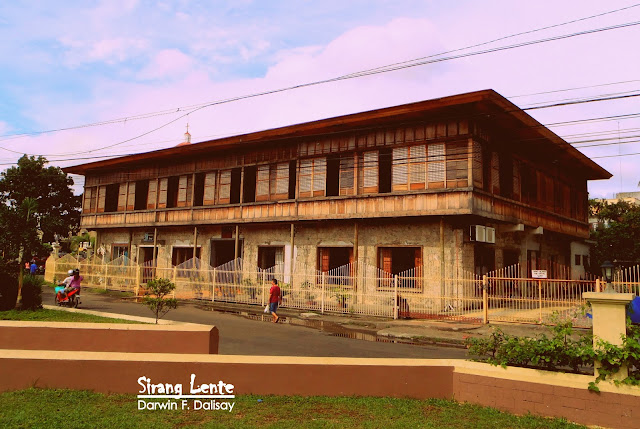
About the Berlin Wall
Inside the National Museum of the Philippines lies a rare and thought-provoking historical artifact—the Berlin Wall. This concrete slab, once part of the infamous Berlin Wall that divided East and West Berlin during the Cold War, stands as a powerful reminder of humanity’s struggle for freedom and unity. Its presence in the museum connects global history with the Filipino people, symbolizing resilience, hope, and the universal fight for democracy.









